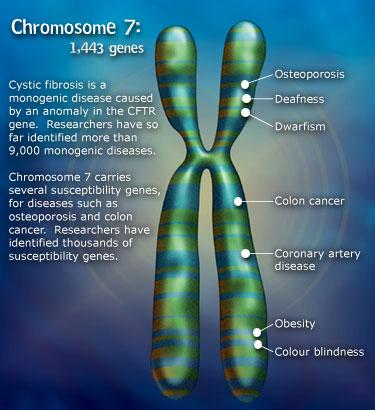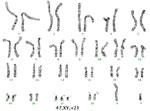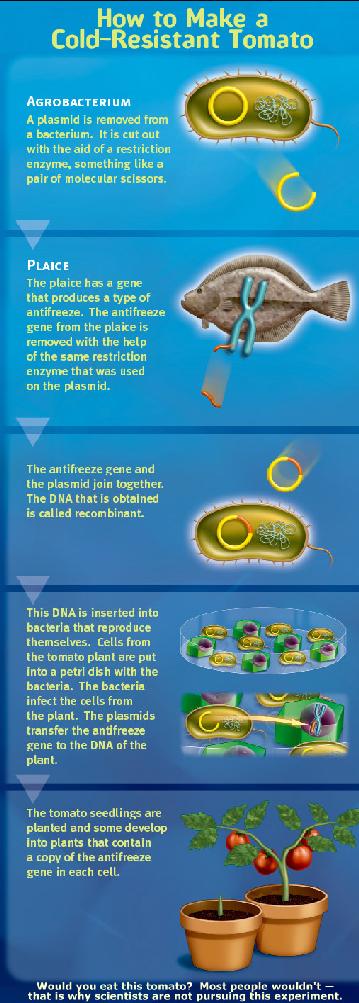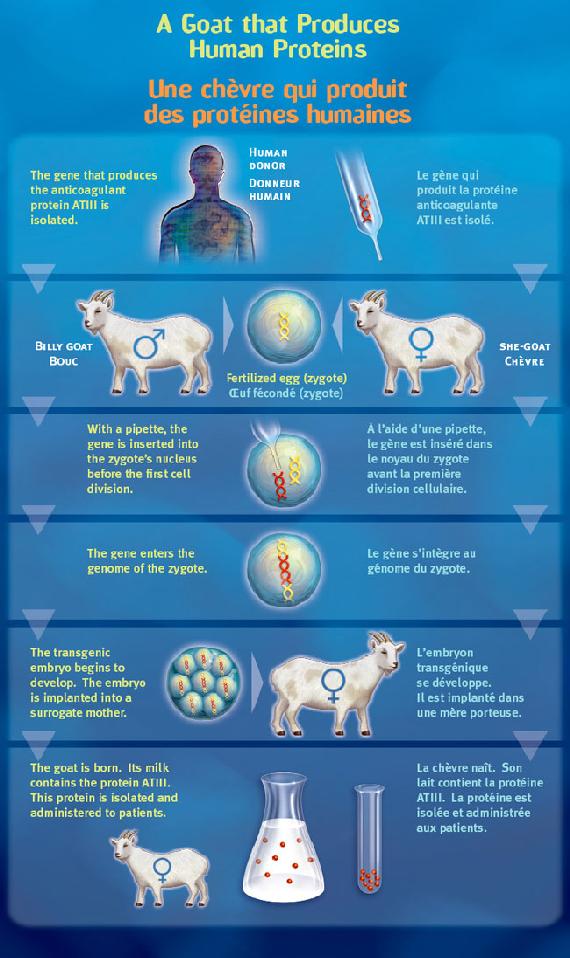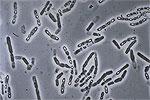|
Although we each have our own individual genetic
code, we share a portion of this code with other species. Humans have in the
genome traces of ancient
genes
stemming from the beginning of time that they share with every living organism.
So, if humans have so much in common with other species, what is it that defines
them as being human? What is it that turns human into the complex being capable
of learning, speaking, thinking and feeling? What is it that makes an
individual
different from other human beings? What do
humans have in common with a mouse or a worm? Humans share a surprising number of
genes with other species. Although these genes don't all have the letters
in the same order, their function is similar enough for them to be considered
comparable. These genes likely stem from a common ancestor, one that lived 3.5
billion years ago. Scientists theorize that through evolution this ancestor's
genome became the basis for every species that we know today.
|
|
% Common with Humans |
 |
Chimpanzee, Pan troglodytes
21 000 genes; Just like humans, chimpanzees have around 21 000 genes. But then why can't
they speak? The difference could be in a single gene, FOXP2, which in the
chimpanzee is missing certain sections. |
98% |
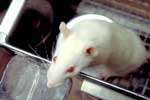 |
Mouse, Mus musculus
21 000 genes;
Thanks to mice, researchers have been able to identify genes linked to
skeletal development, obesity and Parkinson's disease, to name but a few.
|
90% |
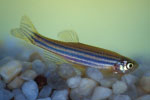 |
Zebrafish,
Danio rerio
25 000 genes; 75% of the genes in these little fish are the same as in
humans. Researchers use them to study the role of genes linked to blood
disease, such as anemia falciforme and heart disease. |
75% |
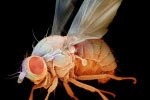 |
Fruit Fly, Drosophila
melanogaster
13 600 genes; For the past 100 years, the fruit fly has been used to
study the transmission of hereditary characteristics, the development of
organisms, and, more recently, the study of changes in behaviour induced
by the consumption of alcohol. |
36% |
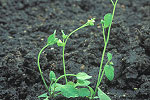 |
Thale cress, Arabidopsis
thaliana
25 000 genes; This little plant, from the mustard family, is used as a
model for the study of all flowering plants. Scientists use its genes to
study hepatolenticular degeneration, a disease that causes copper to
accumulate in the human liver. |
26% |
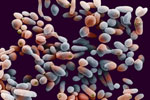 |
Yeast, Saccharomyces
cerevisiae
6 275 genes; Humans have certain genes in common with this organism that
is used to make bread, beer and wine. Scientists use yeast to study the
metabolism of sugars, the cell division process, and other diseases such
as cancer. |
23% |
 |
Roundworm, Caenorhabditis
elegans
19 000 genes; Just like humans, this worm possesses muscles, a nervous
system, intestines and sexual organs. That is why the roundworm is used
to study genes linked to aging, to neurological diseases such as
Alzheimer's, to cancer and to kidney disease. |
21% |
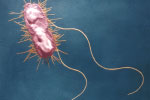 |
Bacterium, Escherichia
coli
4 800 genes; The E. coli bacterium inhabits the intestines.
Researchers study it to learn about basic cell functions, such as
transcription and translation. |
7% |
|
Heredity
|
|
Every living thing is the product of the
interaction that takes place between genes and the environment. So the genetic input from parents is partly responsible, but also
the environment plays a role.
What are the proportions? Genomics may help us
figure this out. For organisms that produce children through sexual
reproduction (where different genes from each parent are combined), an
offspring is never an exact copy of its parents. And in almost every case, no
two children of the same parents are genetically identical to each other. The
exception is identical multiples like monozygotic twins, who share the same genome. Thanks to genetic variations received from their
parents, certain organisms are better adapted to their environment than
others. For example, good camouflage means better chances of escaping from
predators, finding food, and having many descendants. This can be seen in
these different species.
Click
here for an animation on Accumulating mutations
Click here
for a movie on Radiation can cause
DNA mutations See
also under
Genetic
variations: SNPs and CNVs. |
|
|
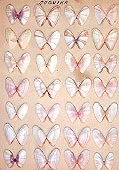
Coquina Donax, Donax variabilis |

Manus Island Tree Snails, Papustyla pulcherrima
|
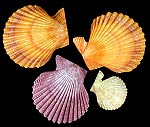
Noble Scallops, Chlamys senatoria |
|
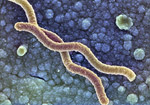
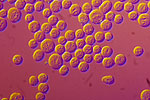
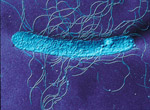








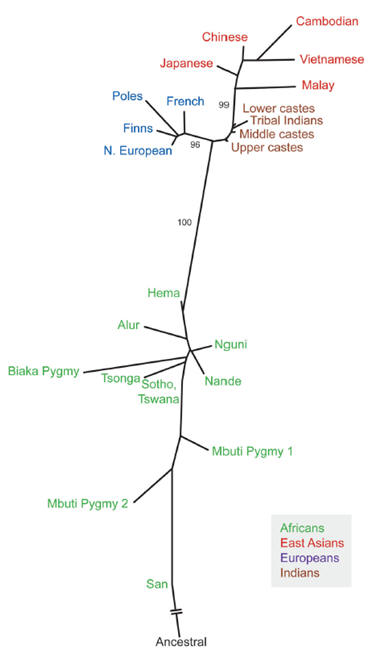
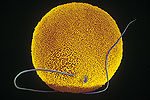 Human sperm and egg
Human sperm and egg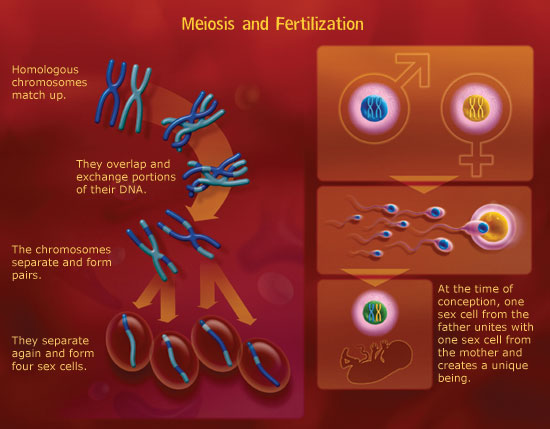



 Bonsai tree
Bonsai tree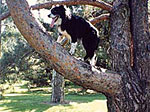 Scotch pine, Pinus sylvestris
Scotch pine, Pinus sylvestris